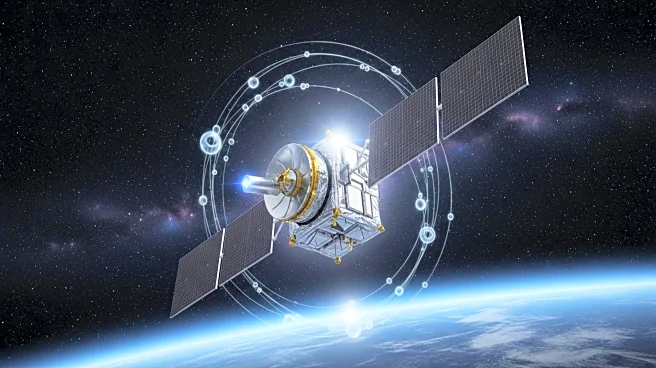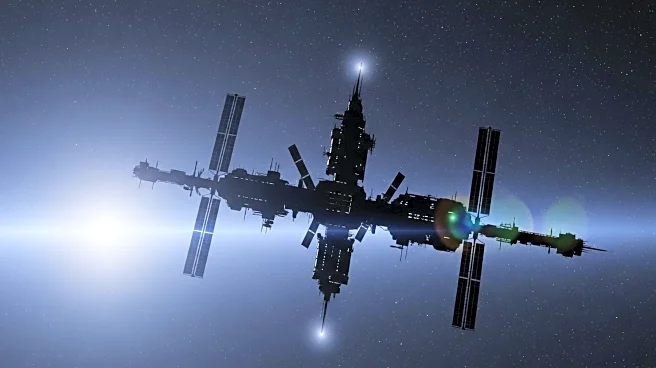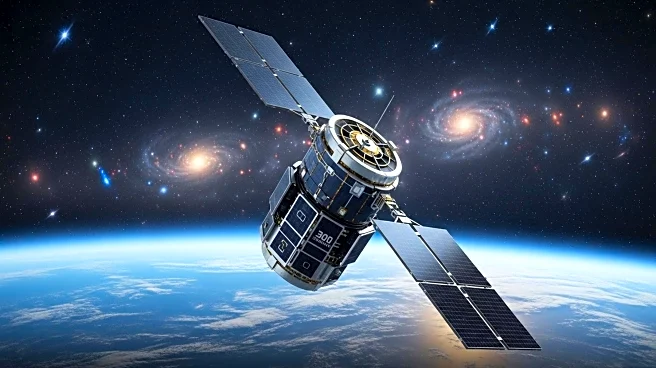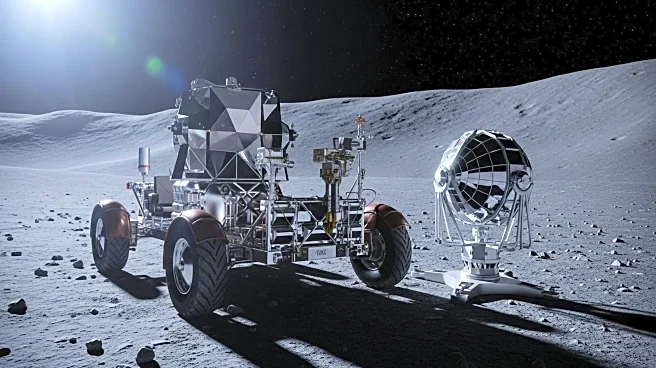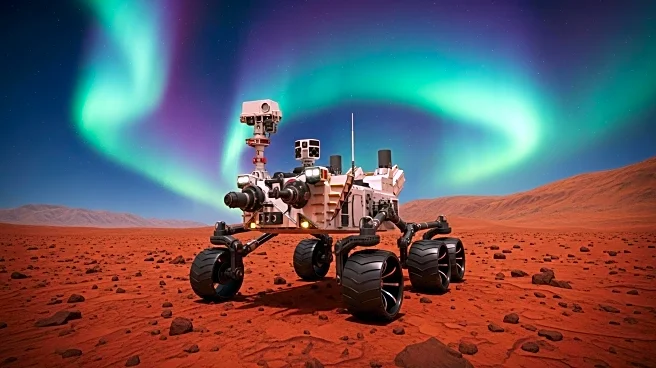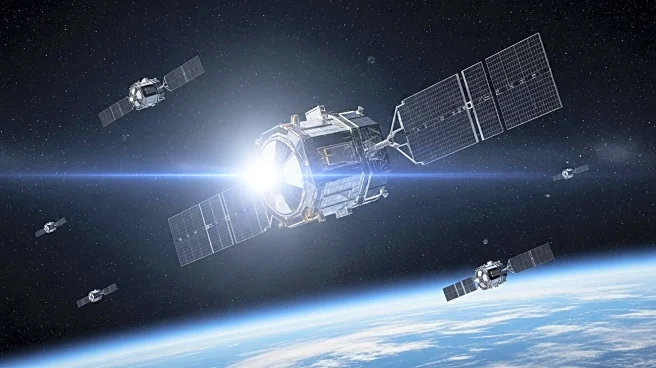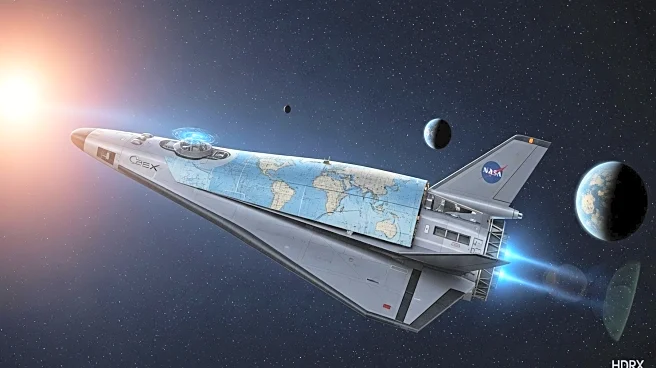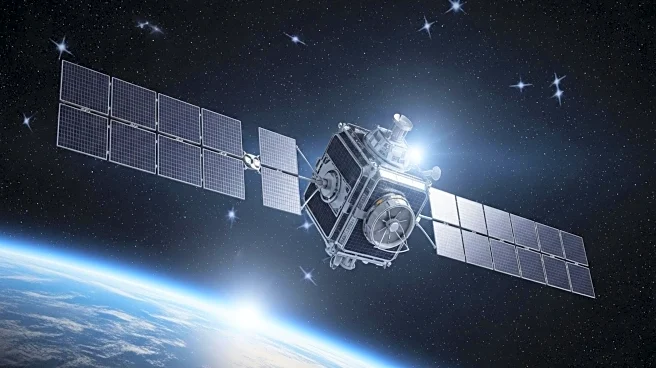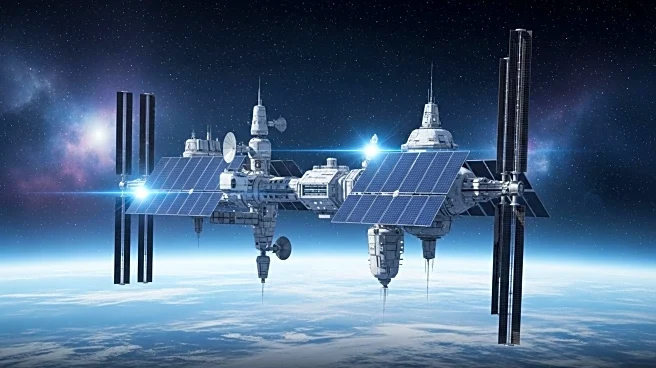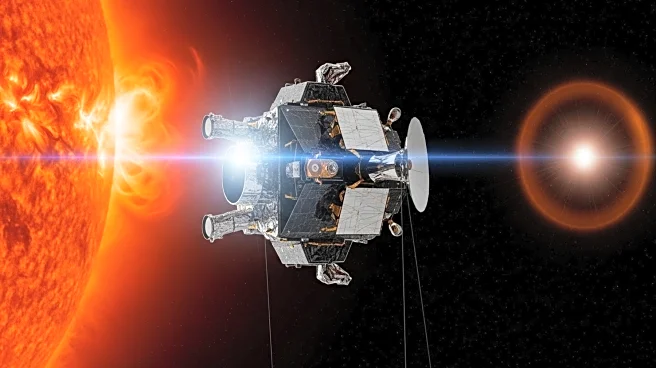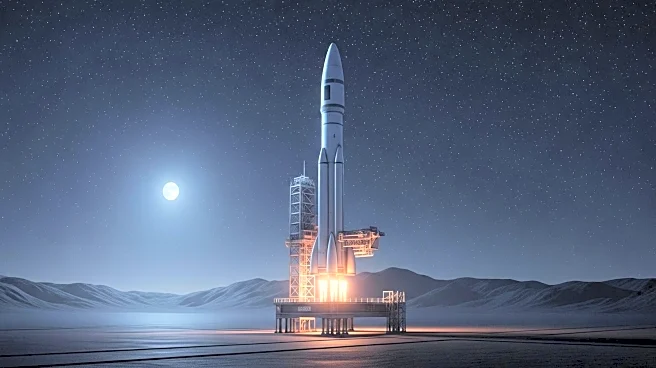What's Happening?
Researchers at Los Alamos National Laboratory have identified electron accumulation as a key factor in sudden satellite failures. These failures, known as Spacecraft Environment Discharges (SEDs), occur when the accumulation of electrons in a satellite's environment leads to sudden electrical discharges, damaging onboard electronics. The study found a 75% correlation between electron peaks and discharges, suggesting the potential for prediction systems. This discovery offers the possibility of predicting and mitigating satellite failures, paving the way for more reliable satellite operations.
Why It's Important?
The ability to predict and prevent satellite failures is crucial for the space industry, which relies on satellites for global communications and navigation. The Los Alamos study suggests that future satellite missions could incorporate continuous electron monitoring systems, enabling operators to anticipate and avert sudden electronic failures. This proactive approach could enhance the resilience of satellites against unpredictable space weather, reducing the risk of unexpected disruptions and associated costs. The findings could transform the industry, leading to greater confidence and investment in satellite technology.
What's Next?
Implementing continuous electron monitoring systems on satellites will require significant investment and collaboration among industry stakeholders. The unpredictable nature of space weather poses ongoing challenges that must be addressed through innovative solutions. However, the potential benefits of enhanced satellite reliability are immense, and the industry may embrace these findings to improve satellite resilience. Researchers will continue to explore the complexities of space weather and its effects on satellites, potentially leading to further advancements in satellite technology.
Beyond the Headlines
The study highlights the importance of understanding electron activity and its impact on satellite reliability. Historical events, such as the 1994 solar storm that disabled two Canadian television satellites, illustrate the vulnerability of space equipment to electron accumulation. The findings underscore the need for innovative solutions to address the challenges posed by space weather, ensuring the resilience of satellite systems. As space becomes increasingly critical to global communications and navigation, the ability to predict and prevent satellite failures could transform the industry.
